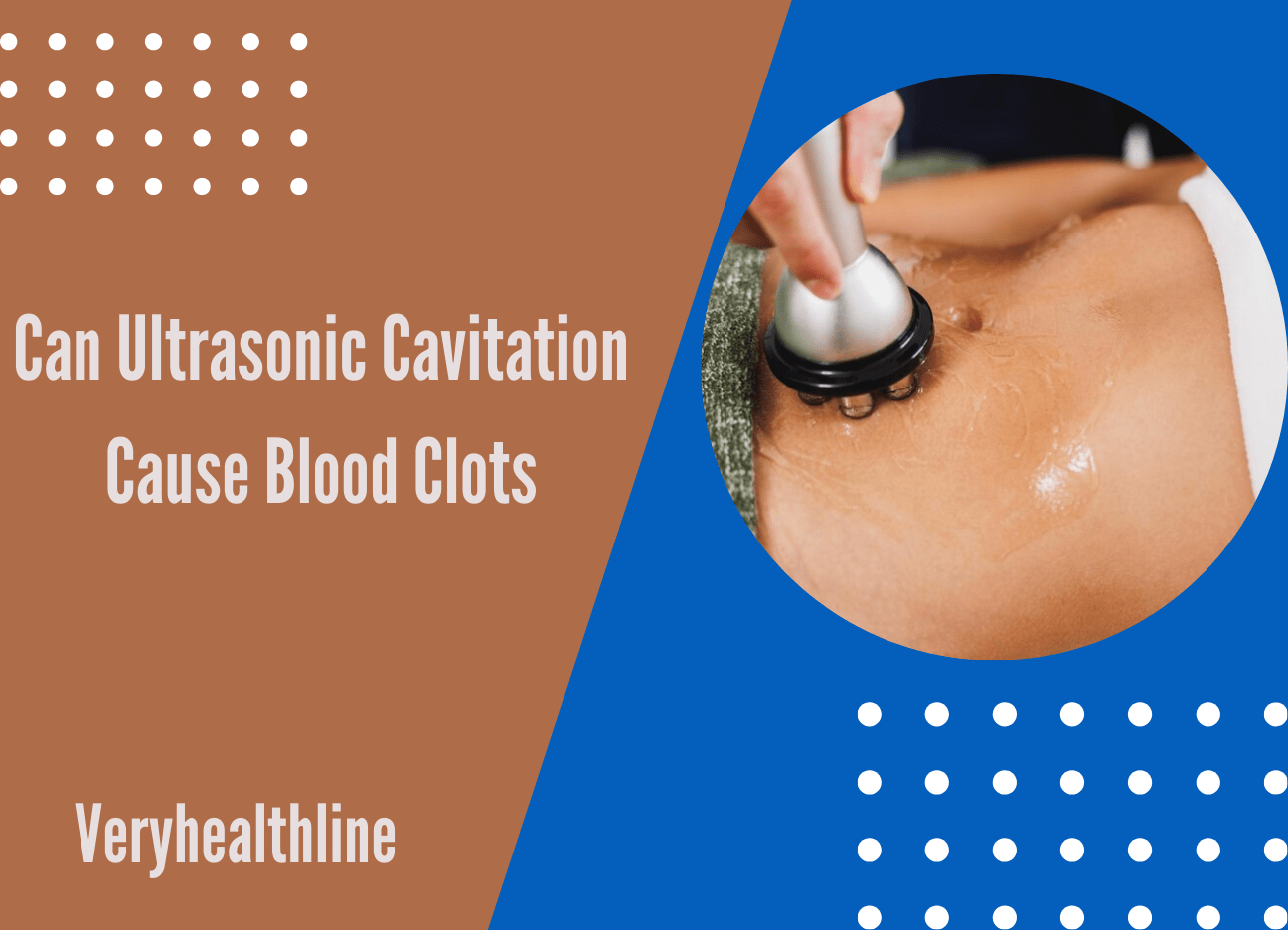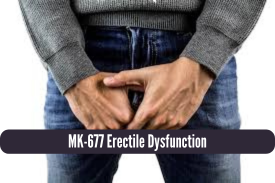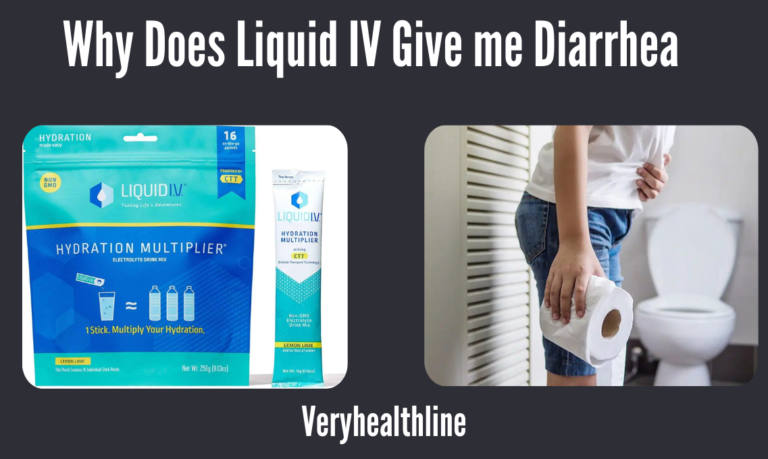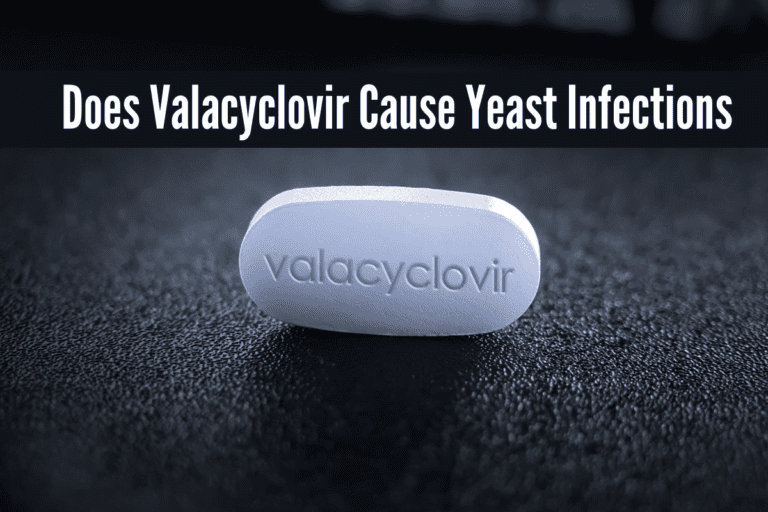Shocking Truth: Can Ultrasonic Cavitation Trigger Blood Clots?

Many people are fascinated by the idea of ultrasonic cavitation, a popular cosmetic treatment for body sculpting. This non-invasive contouring procedure uses ultrasound waves to break down fat cells, helping individuals tackle pockets of fat that just won’t budge, even after a diligent diet and exercise regime. The treatment has gained popularity due to its effectiveness in removing stubborn fat deposits without the need for surgery. However, concerns about safety have led to questions about whether ultrasonic cavitation could lead to blood clots. It’s important to separate fact from fiction and debunk the pervasive myth that this intriguing procedure can cause harmful health effects like blood clots.
In reality, scientists and medical professionals have found no evidence that ultrasonic cavitation can directly cause blood clots. The correct term for the process is cavitation, where bubbles in the fat cells form and collapse rapidly under intense zones of low pressure.
This helps sculpt the body by targeting stubborn fat deposits, but it doesn’t affect blood in the same way. There’s also no link to cancer, genetic changes, or exposure to carcinogenic chemicals during the treatment. While it’s a trendy treatment, understanding its true effects is crucial to avoiding confusion between fact and fiction.
What is Ultrasonic Cavitation?
Ultrasonic cavitation is a cosmetic procedure that uses high-frequency ultrasound waves to target and break down fat cells in the body. During the treatment, the ultrasound technology creates tiny bubbles in the fat layer, which then rupture and release the fat’s contents.
This released fat is then processed by the liver and eliminated through the body’s natural metabolic processes. As a non-surgical alternative to traditional liposuction, ultrasonic cavitation is a popular choice due to its fewer risks and shorter recovery time. It’s especially effective in reducing larger areas of the body like the tummy, thighs, and hips and can help combat cellulite without the need for scars, sutures, or staples.
This safe, advanced body contouring procedure is suitable for both men and women and works best when paired with a balanced lifestyle. Before starting, an initial consultation with a qualified practitioner is necessary to discuss any concerns and create a tailored plan to meet your body goals.
Can ultrasonic cavitation cause blood clots? We’re going to break it down for you.
Ultrasonic cavitation is a procedure that operates by deploying low-frequency sound waves to burst stubborn fat cells without surgery. The process is scientifically designed to target fat, while minimizing any effect on blood vessels or the circulatory system, ensuring the risk of blood clots is kept extremely low.
Unlike other treatments, it focuses on fat reduction without negatively impacting your body’s natural functions, making it a safe and effective option for those concerned about potential health risks.
Also Read: Does Kaiser Cover Ozempic for Weight Loss?
What are the side effects of Cavitation?
The cavitation procedure is generally considered safe when used for cosmetic purposes like fat reduction. However, as with any procedure, there are some potential negative effects that can occur. Commonly reported adverse reactions include mild discomfort or pain in the treated area, nausea, and in some cases, dizziness or short-term hearing loss due to the loud sound of the device. These effects are usually temporary and resolve on their own.
In rare cases, more dangerous reactions can happen, such as blood vessel damage or the formation of air bubbles in the bloodstream. It’s essential that patients are watched closely by a physician during the treatment for any signs of these adverse reactions, so they can be dealt with quickly if needed.
Common Side Effects of Ultrasonic Cavitation
Ultrasonic treatments, like any cosmetic procedure, come with some potential side effects. Most commonly, patients may experience mild discomfort, pain, redness, or swelling in the treated area.
Bruising and tenderness can also occur, but these are usually temporary and fade within a few days. In rare cases, some individuals report headaches, dizziness, nausea, or even gastrointestinal upset after the procedure. However, these side effects are generally mild and resolve without further complications.

Are Ultrasonic Cavitation Harmful?
Ultrasonic cavitation is a non-invasive cosmetic procedure that uses sound waves to break down fat cells without damaging surrounding organs or tissue. The process works by creating microscopic bubbles that explode, releasing fatty acids, glycerol, and lipids into the body, which are then naturally processed through exercising and dieting.
Unlike hazardous chemical manipulation, cavitation doesn’t carry significant risks of dangerous consequences like tissue coagulation. The primary risks include mild skin irritation, but overall, it is considered a safe procedure when performed correctly.
Could Ultrasonic Fat Cavitation Cause Cancer?
Ultrasonic fat cavitation is an effective, non-invasive procedure for shaping the body by using ultrasonic waves to break apart fat cells, which are then removed naturally by the body.
This treatment is FDA-recognized as a non-hazardous procedure with minimal negative side effects, such as temporary swelling or redness at the site of treatment. There is no scientific evidence linking ultrasonic cavitation to cancer, making it a safe option for body contouring.
Does Cavitation Have Radiation?
Cavitation is a process that involves the forming of bubbles in liquids due to a drop in pressure. This process triggers the vaporization of a small portion of the liquid into gas. These bubbles then explode and move to areas of greater pressure, eventually deflating and releasing shock waves and high temperatures.
However, cavitation does not involve radiation at any point. It relies solely on pressure changes, not harmful energy forms like radiation, making it a safe procedure in this regard.
Does Ultrasonic Cavitation Cause Blood Clots?
Ultrasonic cavitation is a non-invasive cosmetic procedure that uses ultrasound technology to break down fat cells in the body. It is considered an effective technique for removing fat, and there are no known instances of the procedure causing blood clots in healthy individuals.
While adverse reactions are extremely rare, complications can occur if the procedure is performed wrongly by a non-experienced practitioner. However, when done correctly, the risk of developing blood clots is almost non-existent.
The Link Between Ultrasonic Cavitation and Blood Clots
A main concern with ultrasonic cavitation is whether it can lead to blood clots or potentially cause them. This non-invasive fat reduction procedure uses high-frequency sound waves to target fat cells but does not disrupt blood flow or create conditions for the formation of clots.
The treatment is designed to safely target fat without affecting the body’s circulatory system, making the risk of blood clots extremely low.
Expert Insights on Ultrasonic Cavitation and Blood Clots
Comprehensive studies have found no direct correlation between ultrasonic cavitation and the development of blood clots. Most body contouring experts agree that the risk is extremely low, especially for individuals without a history of clotting disorders or those not on blood-thinning medication.
However, it’s always recommended to seek professional advice before undergoing any aesthetic treatment. If you have any health concerns, it’s important to discuss them with your treatment provider to ensure the procedure is safe for you.
Alternative Cosmetic Procedures for People with Blood Clot Risks
If you’re concerned about the potential risks of ultrasonic cavitation, there are alternative cosmetic procedures that may be safer for individuals with a history of blood clots or related conditions. It’s important to consider these options and consult a professional.
- CoolSculpting: Is a non-invasive cryolipolysis treatment that freezes fat cells for their gradual elimination, offering a safe alternative for fat reduction without ultrasound. It’s an effective method for those looking to avoid cavitation risks.
- Laser Lipolysis: Utilizes laser energy to break down fat cells, promoting fat reduction with minimal issues related to blood flow. It’s a safe alternative for those concerned about potential risks of cavitation.
- Radiofrequency Treatments: The use energy waves to heat fat cells, causing them to shrink while also enhancing skin tightness. This method is generally less risky with minimal concerns about clot formation compared to other procedures.
- Surgical Liposuction: Surgical liposuction is an invasive procedure performed under general anesthesia in a controlled environment with medical supervision. While effective, it carries risks such as infection and blood clots, making it less favorable for some individuals.
- Lifestyle Changes: Focusing on weight loss through a balanced diet and regular exercise can improve body contour naturally, without the risks associated with cosmetic procedures. These changes provide long-term benefits and promote overall health.
Conclusion
Ultrasonic cavitation is an effective method for fat reduction, but it’s essential to consider potential risks, including the formation of blood clots. It’s crucial to discuss your medical history and any concerns with a healthcare professional before undergoing any cosmetic procedure.
Taking proper precautions and following recovery guidelines can help minimize risks. For those with a higher susceptibility to clotting, exploring alternative options and prioritizing safety and well-being is important when choosing the right treatment.
FAQS
What are the risks of ultrasound cavitation?
After lipo cavitation treatment, some patients may experience bruising, redness, and increased thirst within the first few hours. Mild skin sensitivity, irregularities, and occasional headaches can also occur temporarily.
Can body sculpting cause blood clots?
Body contouring procedures, especially those involving anesthesia, carry risks like bleeding, blood clots, deep vein thrombosis (DVT), and pulmonary embolism. It’s essential to discuss potential complications with your doctor beforehand.
Who Cannot do ultrasonic cavitation?
Individuals with conditions like high blood pressure, diabetes, or cancer should not use ultraviolet medicine due to possible health risks. Always consult with your doctor before undergoing the procedure.
Can ultrasound break up blood clots?
Focused ultrasound, when enhanced with microbubbles and thrombolytic agents, can help dissolve blood clots. The ultrasound energy causes vibrations that break the clot apart, disrupting the fibrin matrix and making it more susceptible to treatment.
Useful Resources
WebMD- Blood Clots
Healthline- About Ultrasonic Cavitation





